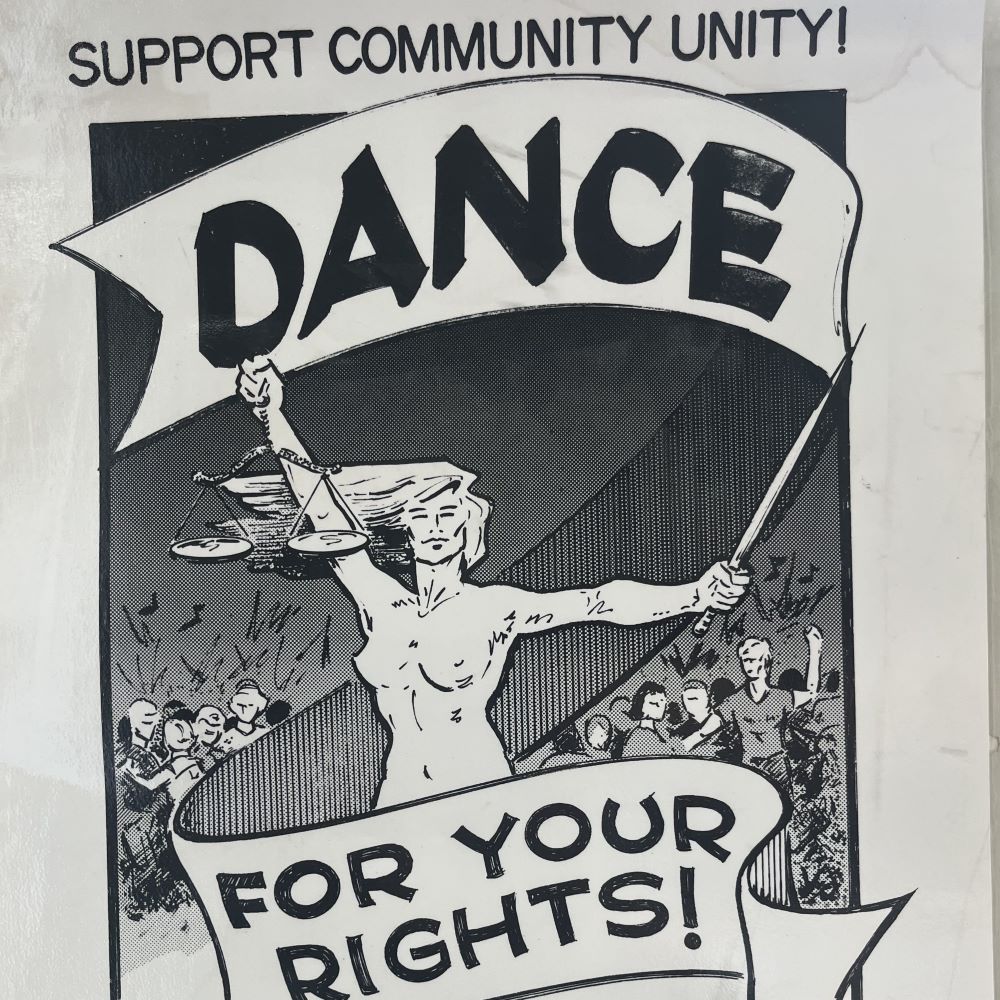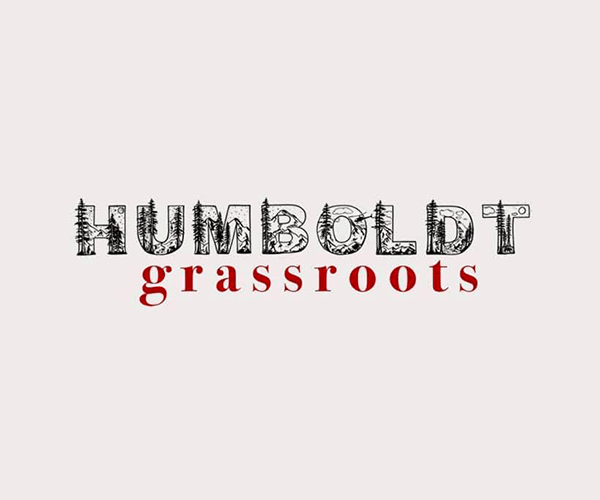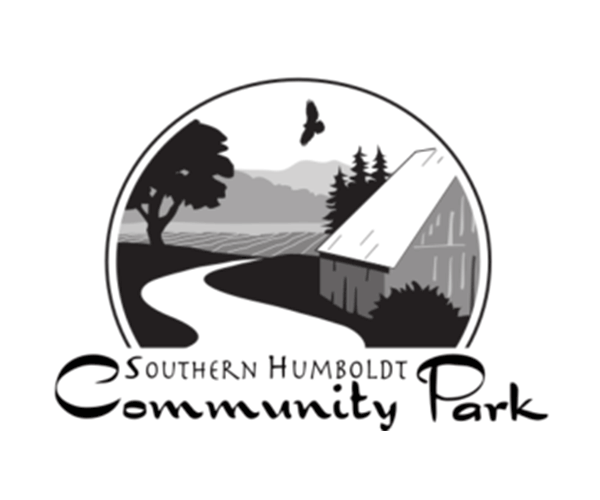
Our collections include extensive materials from post-1960 individual and organization activism and enterprise across the Humboldt region.
Please see below for examples or request our Collections guides for details.
At least a few thousand people came to the Humboldt region in the 1960s and 1970s as part of the Back-to-the-Land movement. By the end of the 1970s, as many as 2,000 had settled in the hills of Southern Humboldt and Northern Mendocino Counties alone.
They came to escape the failures and turmoil of political protest, notably against the Vietnam War. They fled the drudgery and consumerism of mainstream working life and business. They often came to build a different and better kind of life. In Humboldt they found some sympathetic locals but also many hostile.
By the early 1970s, people identified as hippies started businesses on their terms, like food cooperatives, natural food stores, and alternative energy businesses. Women organized to provide their own health care. Others organized and formed local alliances to protect their forests and land from aggressive and toxic logging practices, their communities from police and other official violence, often in the form of drug raids, but also in the arbitrary enforcement of building codes. Skills honed in previous political battles provided the new settlers with a heightened ability to organize and use the law to their advantage.
We look forward soon to adding material on hippie enterprises like the North Country Co-op, Ruby Valley Co-Op, Los Bagels, Magic Communications, Alternative Energy Engineering, Vocality credit union, Bug Press, and many more.
More on political activism:
While many back-to-landers had strived to escape the trenches of protest, 1960s and 1970s countercultural ethos played a pivotal role in catalyzing new forms of activism, like tree-sitting, within the back-to-the-land movement in Northern California.
The new rural activism was typically rooted in principles environmental sustainability and self-sufficiency crucial for our efforts to confront and adapt to climate change. Often countercultural challenges to what many perceived to be destructive mainstream societal norms, led the new rural activists to foster a collective yearning for alternative lifestyles characterized by a harmonious relationship with nature.
















